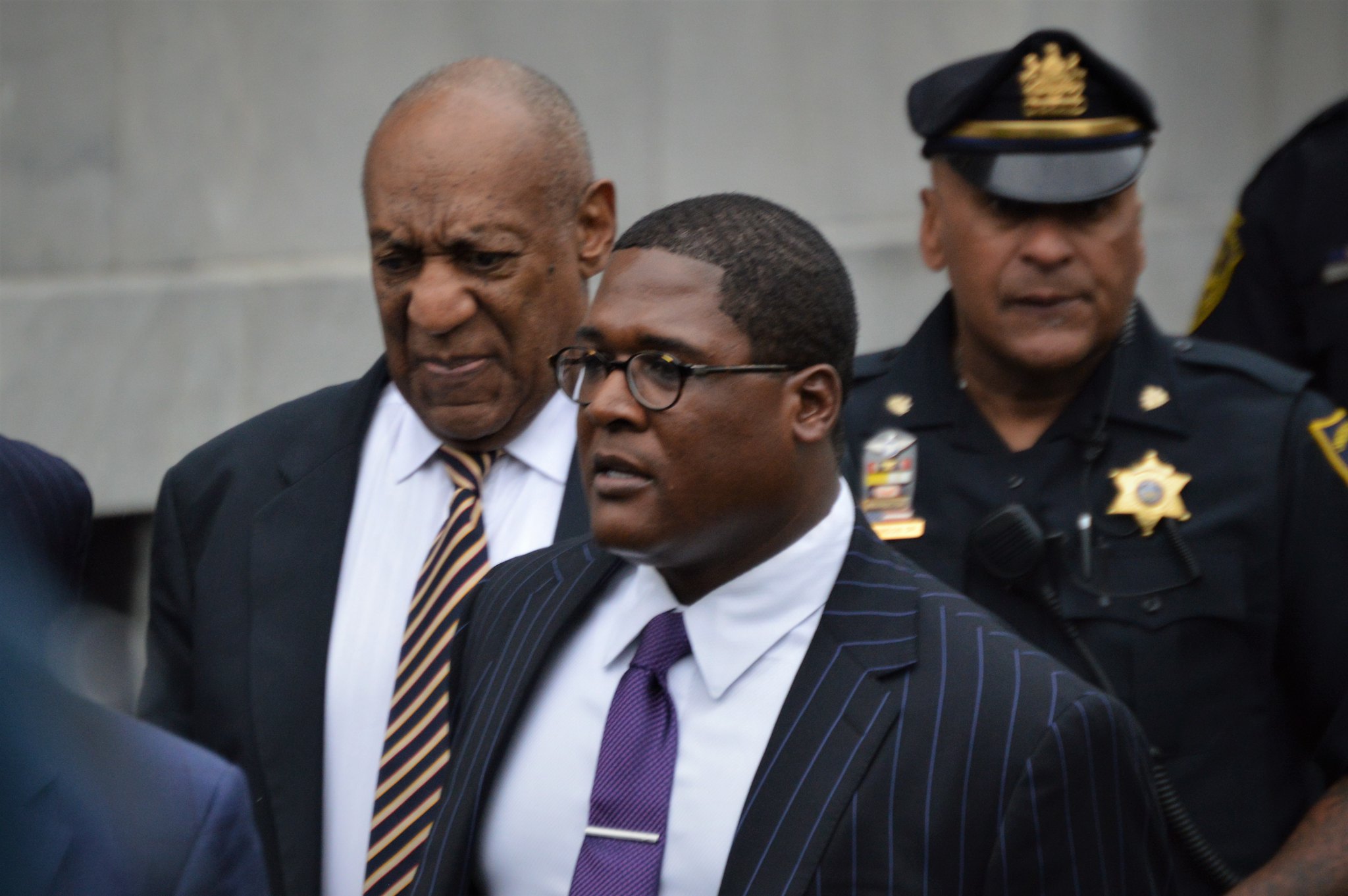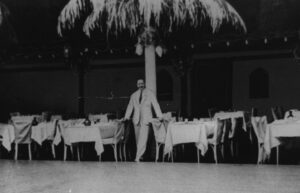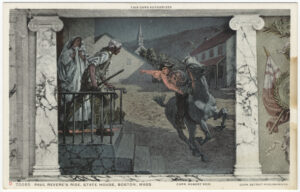
“Know When to Fold ‘Em” – Lessons from the Bill Cosby Trial
The high profile Bill Cosby re-trial just concluded with Cosby found guilty of all sexual assault charges. Given the prospect of a lengthy appeal while he remains on house arrest, his advanced age, and being legally blind, it remains unclear whether Cosby will ever serve jail time. The real question for legal strategists is how Cosby’s lawyers ever allowed this set of facts to go to a jury — even with Cosby’s fame and a hung jury in the first trial.
Foremost, disclaimers. When there is a poor result for a client, it is easy to second guess the lawyers and their decisions. We were not privy to deals, or lack of deals, with prosecutors. We do not know about instructions from the client even if they ran afoul of legal advice. We do not know the dynamics in the courtroom or among the players. We can evaluate the public record of the trial and consider post-trial statements by the jurors. We should not rush to condemn the lawyers or their decisions without such vital information.
Background and trial set up. The Commonwealth of Pennsylvania accused Cosby of giving Andrea Constand an intoxicant without her consent, sexually assaulting Constand without her consent, and sexually assaulting Constand while she was unconscious. Cosby previously paid Constand $3.38 million in a prior civil settlement. In addition to this criminal proceeding, Cosby is a defendant in a series of civil lawsuits filed by women who allege similar, and identical, facts of being drugged and sexually assaulted by Cosby. These other women seek monetary damages based on defamation and similar theories.
Heading into the criminal trial, Cosby’s defense team knew that Constand would testify against Cosby and that the prosecution intended to call five other women who would each testify that Cosby drugged and sexually assaulted them in a fashion similar to Constand. The $3.38 million settlement between Cosby and Constand would come into evidence. Further, Cosby had already given a deposition in one of the civil cases in which he admitted that he gave women intoxicating drugs. That sworn testimony and admission would be presented to the jury in the criminal case.
Cosby’s lawyers were also aware of the cultural shift between the first hung jury trial and the re-trial. The stories involving Harvey Weinstein and many other abusers came to light before the re-trial. The #MeToo era was upon us and inescapable for any defendant such as Cosby. In light of these dynamics, Cosby stood accused of intoxicating women to the point of losing consciousness and then sexually assaulting them. Yet, Cosby’s team proceeded to trial.
What mitigating facts were on Cosby’s side? Cosby had been a high profile comedian an actor for decades. His work on Fat Albert and The Cosby Show was admired by the whole country. In fact, in the 1980s, on The Cosby Show, Cosby was the “Dad” children wanted and fathers wanted to be. The trial was set in the Philadelphia area — Cosby’s hometown and location of his alma mater, Temple University. Cosby’s works which have helped both Philadelphia and Temple University would be well known to the jurors. Cosby has been involved in well publicized efforts to assist young black and disadvantaged men to become better family members and fathers. Cosby possessed local ties and, up to the point of this trial, a solid reputation as an actor who helped others throughout his career.
As to the women who would testify against him, Cosby’s team could attempt to show bias in their testimony as they were motivated to win their civil lawsuits against Cosby. Also, these alleged actions took place decades ago, as early as the 1970s, but the witnesses had never previously come forward. Memories could be challenged.
As to the damaging Cosby deposition testimony from the pending civil case, I have no idea what Cosby’s lawyers were thinking. That testimony would be presented to the jury in the criminal case. In it, Cosby admitted to drugging women to the point that the women would be incapable of offering consent to sex. Notably, the plaintiff in the civil case from which this deposition testimony arose, was 15 years old when Cosby provided her with the intoxicant.
This testimony would flow directly from the tongue of Cosby himself. Cosby was under oath in providing the statements. The testimony would go far to establish a pattern of conduct for a key element the prosecution needed to prove. More critically, the nature of the testimony would transcend the simple issue of proof and confirm Cosby as some type of predator.
In a post-trial interview, one juror noted that this deposition testimony doomed Cosby. Cosby presented no credible explanation or justification for drugging women. What purpose could be served in drugging women while on “dates”? Did Cosby want to hear the women slur their speech? Did Cosby want to ensure that each woman received a peaceful rest with the aid of the intoxicant? The jury understood well that the only rational explanation of administering drugs was to allow Cosby to have sexual relations with the women without their consent.
In virtually every litigation, lawyers confront “good” and “bad” facts. For the most part, determining a fact as good or bad is based on perception. The reality is that we operate in shades of gray and rarely are “facts” absolutely good or bad.
Then, at times, lawyers are forced to confront facts or circumstances that are catastrophically bad. Such events are usually not up for much debate and leave little to interpretation. More fundamentally, these circumstances threaten to become the key or critical issue in a trial and not in a positive sense. All other claims and defenses may be rendered moot once this information comes to light.
For Cosby, once his testimony came in wherein he admitted to drugging women, he transformed to a predator. His previous reputation meant little. His charitable works were rendered moot. He went from Cos the beloved local hero to Defendant Cosby the molester. Maybe under the circumstances there was little Cosby’s defense team could have done.
What about civil cases where a lawyer has a catastrophically bad fact or circumstance? For each point discussed below, the advocate-lawyer has ready assistance in the form of neutrals. Step one is a candid realization and admission of such terribly bad facts. These facts need not be explosive as the Cosby testimony and could even be strategic in nature. For instance, a case may be venued in a rural area with a jury pool which is homogeneous on societal, racial and religious issues. The lead and necessary witness for a client is a Chinese national engineer with a name few Americans can pronounce who speaks English poorly with a harsh Asian accent. Potential local prejudices must be factored in any analysis. The lawyer may determine that the case can be defended well, but impossible to win in this jurisdiction under these circumstances.
Whether through Early Neutral Evaluation, mediation or other ADR process, solicit input from the neutral on these matters. The neutral is trained to identify risks and challenges. The neutral might note additional concerns not previously evaluated.
The next step may be a difficult, but essential, frank discussion with the client regarding the challenging fact or issue. Consequences of proceeding must be made plain. The client may not want to hear that a fully defensible case needs to be settled due to potential prejudices (where courts are supposed to be fair and justice blind).
Lawyers can turn to neutrals on these client expectation and reality check situations. The client may be more willing to listen to new positions, even if adverse, if voiced by a neutral, disinterested party. The lawyer may need a face saving method to convey the case altering news and can use the neutral.
Once the reality of the effect of the catastrophic bad facts are acknowledged, the settlement path may become fairly obvious. The assistance of neutrals on resolution strategies will be explored in other articles. The current focus remains on navigating the “Cosby syndrome” and then how to alter the trajectory of the case. In civil litigation, lawyers can create opportunities to avoid catastrophic bad facts, but they first need to be identified even if to do so requires swallowing a little professional pride to admit that a case is about to crater. There is help with neutrals – use them.




